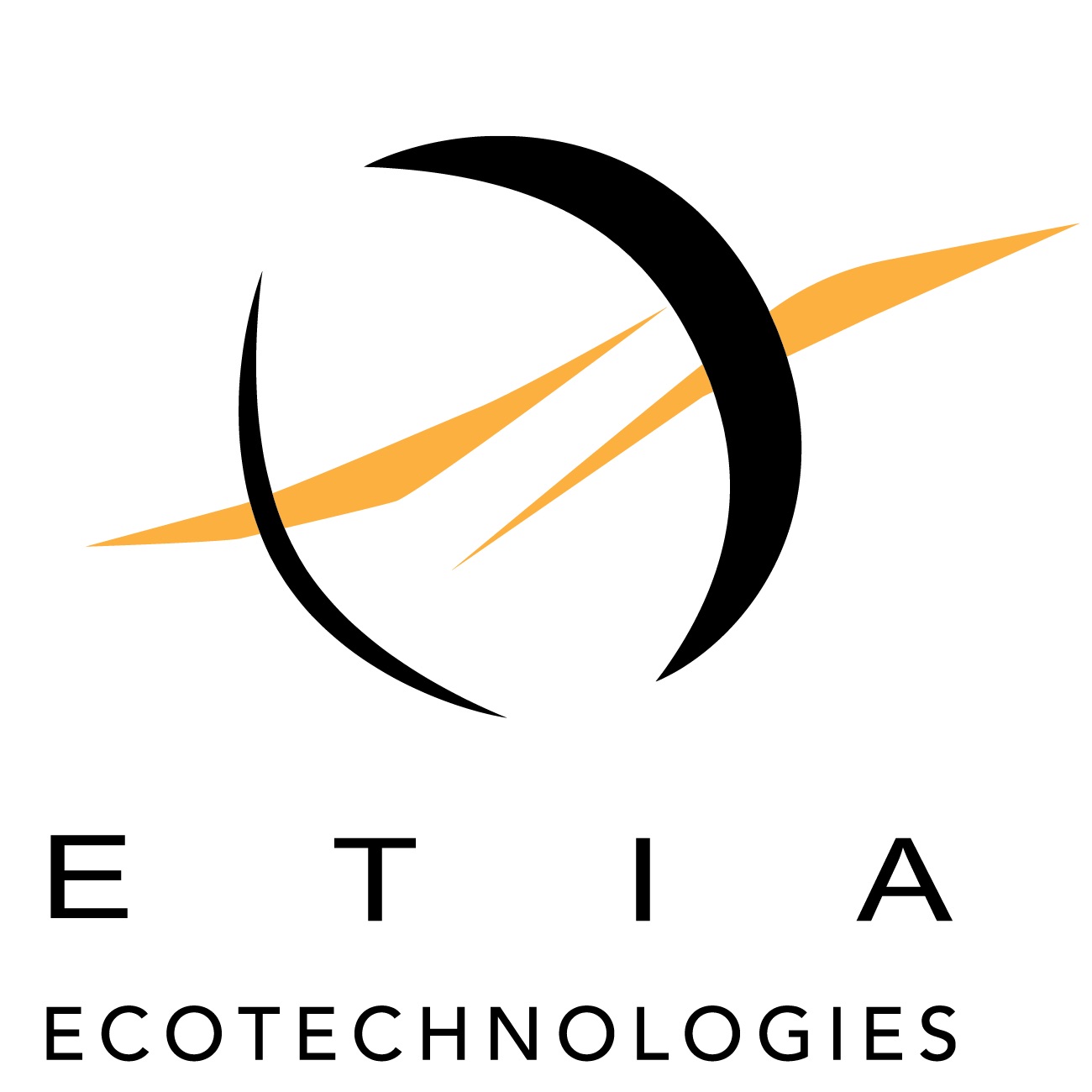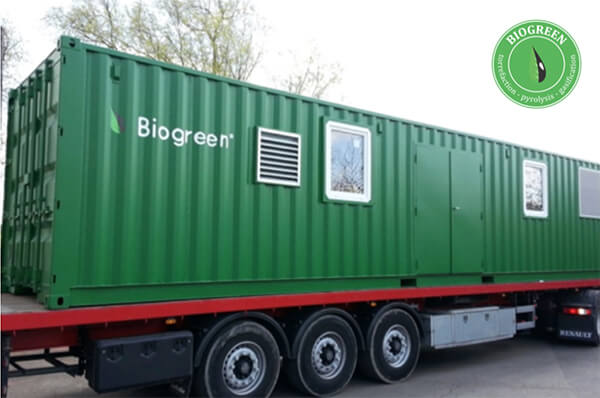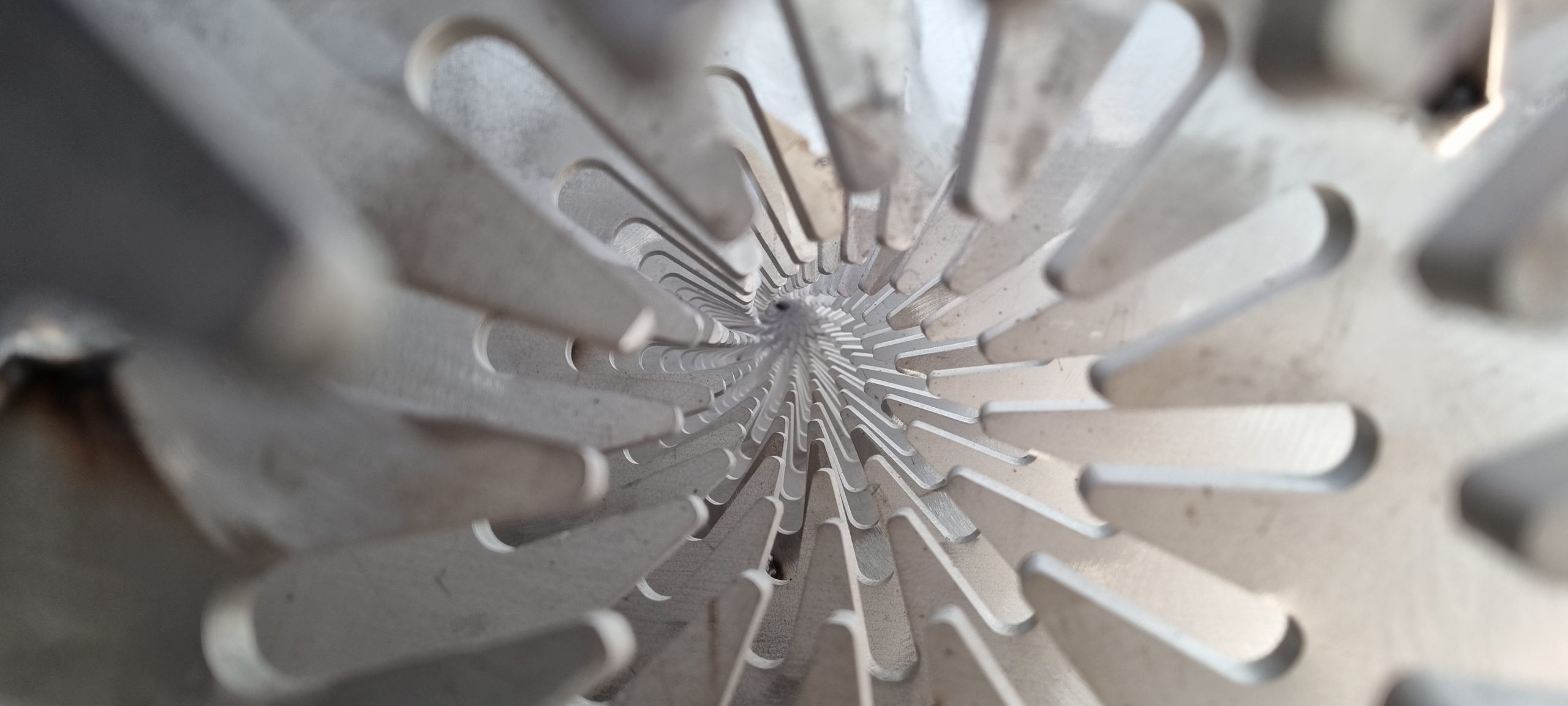Solid waste, usually known as trash or garbage, is a rejected and unusable residue produced in common-day activities. In this article, we are explaining the power of local sized solutions for solid waste pyrolysis.
Value out of trash: How pyrolysis of solid waste can help in local treatment process.
Introduction to solid waste.
Solid waste, usually known as trash or garbage, is a rejected and unusable residue produced in common-day activities. Depending on the industry and origin, this term can cover both: municipal and industrial waste, construction, demolition or waste-water process derived substances, combustible and fire-resistant, exposing a different range of properties and characteristics. Such a wide variety of products calls for the extensive portfolio of technologies dedicated to efficient management.
For many years, the industry has been busy developing technologies for segregation, recycling and reuse of materials. From the waste collection, through the transportation, sorting, and processing on site, hundreds of different solutions are working in service of minimising the quantity of waste that would be dumped. Although waste recycling and management systems are more and more efficient, still there is often a high quantity of calorific solid waste that cannot be recycled with available measures.
At that point, the energy recovery technologies come up with a variety of mass burn solutions that handle the mixed streams of waste. Incineration plants provide a general answer for incoming streams of waste, often managing it as low-quality fuel. Large incinerators have made their place in the industry for good, welcoming garbage transports from all the nearby regions.
However, what if the goal would be in avoiding waste transportation? Are there small-scale technologies that can be viable locally and serve individual communities?
Local waste management – powered by Biogreen®
The answer to a challenge of small-scale thermal processes is often in pyrolysis of solid waste. High-temperature treatment performed in non-oxygen conditions allows not only to efficiently convert the residues but also produce a large quantity of energy on site. Pyrolysis of solid waste is well adapted to small and medium scale applications.
This is where Biogreen® technology comes in. Our target is providing compact, plug and play pyrolysis plant that can deal with solid waste locally – so right at the place where it’s produced.
Biogreen is a continuous process for performing pyrolysis of solid waste in high temperatures (up to 800 degrees C). The process is designed to operate with a variety of non-usable, calorific fractions of waste. Due to oxygen-free conditions, the treatment produces energy-rich syngas (20 – 28 MJ/Nm3) that is an excellent fuel for local power generation. The high-temperature operation also allows maximum reduction of the solid residue. These features make Biogreen® pyrolysis a great system to fulfill waste-to-energy objective in small-scale dimension, powering the local community or waste recycling plant.

Small is beautiful: Solid waste pyrolysis compatible with the need
We believe that size of technical solutions has to be associated with local environmental and economic needs. This is why we develop modular and compact plants that can be quickly set up to the available conditions and further sized up when the demand increase.
Whenever working with municipal or industrial waste manager, we focus on decentralized solutions. Because by bringing the process right to the place it is needed, waste can really become a resource for creating value and building the sustainable economy.
Do you think your industry or community could benefit from pyrolysis of solid waste? Do not hesitate to contact us



